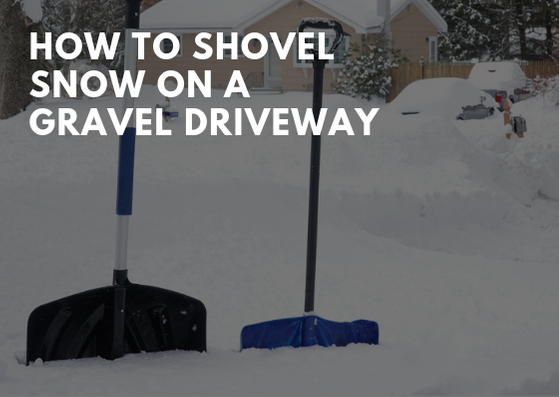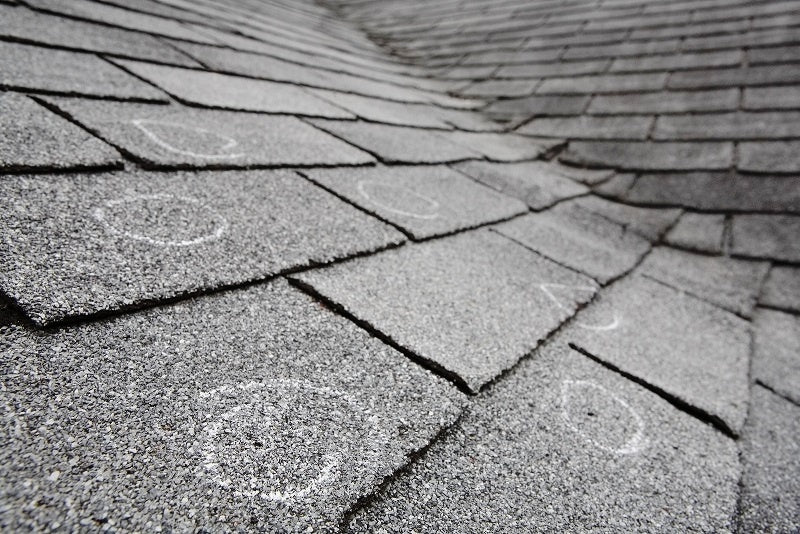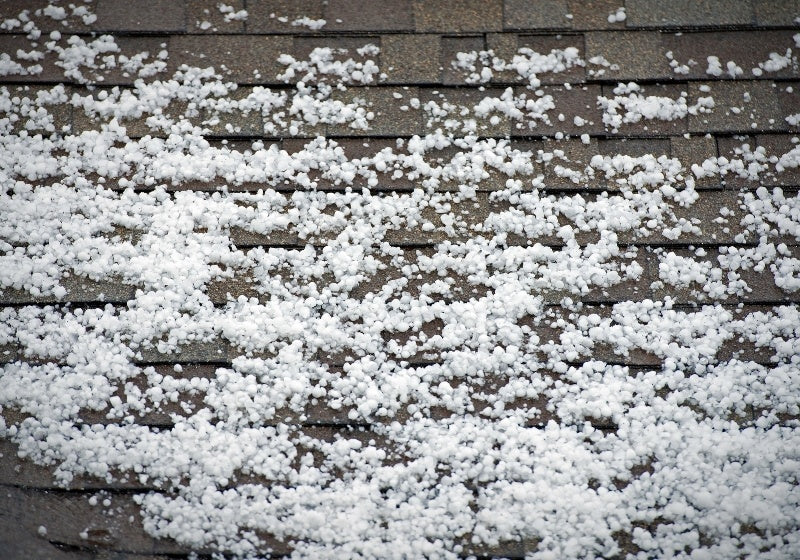
Gravel is a popular material for driveways, and if maintained properly it will last for many years. It can be a much less expensive option for long driveways and, unlike costly repairs to concrete and asphalt, maintenance of a gravel driveway can be much easier and less expensive.
Gravel is typically a mixture of rocks, sand and clay. As a result, it creates a stable, compacted surface that water can easily run off. It’s also an attractive option for driveways in areas where it snows because gravel isn’t vulnerable to the damage and cracking that can result from freeze-thaw cycles, as is the case with concrete.
Unfortunately, when it comes to figuring out snow removal for your driveway, a major drawback to gravel is the difficulty of shoveling snow off of it without losing a significant amount of gravel. However, if you are committed to this task, there are strategies for shoveling it successfully.
1. Create a Reference Point
You can create a reference point for yourself by putting your shovel down into the snow and pulling it towards you. This will create an opening in the snow revealing the gravel beneath so that you can gauge how deep to shovel the rest of the driveway without removing a significant amount of gravel.
2. Finesse It
Once you’ve figured out how deep you can shovel, you need to be careful with your technique so you’re not scooping away your driveway. Set the bottom curved portion of the shovel on the ground, then tilt the edge slightly upwards. This will allow you to shovel just above the surface of the gravel and will help minimize gravel loss. Keep in mind that you’ll still need to be careful to stay just on top of the surface of the driveway, so you can’t get carried away with digging in with your shovel.
3. Decide What To Do Next
A layer of snow will remain on your gravel driveway after your shoveling efforts, which you’ll need to figure out what to do about. Otherwise, the remaining snow will become compacted and eventually will turn into a hazardous layer of ice. Some options are to:
- Sweep the snow away if it’s relatively new and light
- Put down a layer of sand, sawdust or other traction-booting material to disperse the snow and improve traction
- Put down a de-icer such as rock salt or calcium chloride
It’s really almost impossible to completely remove snow from the surface of a gravel driveway by shoveling, and even with care and precaution it likely will need some gravel replenishing in the spring. As well, shoveling snow comes with its own set of problems, including potential back injuries, slipping and falling, and even higher risks of heart problems. Lastly, there’s that hazardous layer of ice we mentioned earlier. It could turn into black ice if it isn’t managed properly.
Here are some alternative options for removing snow from your gravel driveway.
Rock Salt and De-icers
Using either rock salt or an alternative chemical de-icer is an option, and, depending on how low temperatures drop, either of these can be an effective method. However with this option it’s important to keep the following in mind:
- Rock salt is a toxic material and it’s harmful to pets, people, landscaping and water sources. If tracked indoors it can also wreak havoc on floors and concrete surfaces. Rock salt is only effective down to about 25 degrees Fahrenheit.
- Chemical de-icers are considered generally safer for pets and landscaping than rock salt, but are not completely safe.
- De-icers, including rock salt, are most effective when dispersed before and during snowfall. This can make for a lot of maintenance and upkeep associated with this method.
Snow blower
Depending on the type of snow blower (stage 2 is recommended), this piece of equipment is another option for removing snow from a gravel driveway. This method works best when snow is newer and lighter, however there is still some risk of displacing gravel if done incorrectly. Other drawbacks to snow blowers are that they generally are expensive to purchase, take up room when in storage, and often require gas to run.
Heated Mats
Heated driveway mats are essentially the only way to ensure a snow-free driveway without losing any gravel. These mats come in different sizes and are made from durable thermoplastics that are designed to stay outdoors all winter. After being placed and plugged in, they only need to be switched on, which can be done automatically with a snow sensing controller, or remotely from indoors with a wireless remote control outlet and switch.
Whatever your snow removal strategy is for your gravel driveway, it should be one that completely removes snow to avoid ice from building up, and that preserves your gravel as much as possible. Unfortunately, shoveling won’t completely accomplish either of these and while it is an option it isn’t an ideal one.
Heated snow melting driveway mats are an option that “checks all the boxes” when it comes to caring for your gravel driveway in winter. Keep it safe, snow- and ice-free, maintain your gravel and avoid all the potential hazards that come with shoveling snow by going with the most effective and efficient choice.

